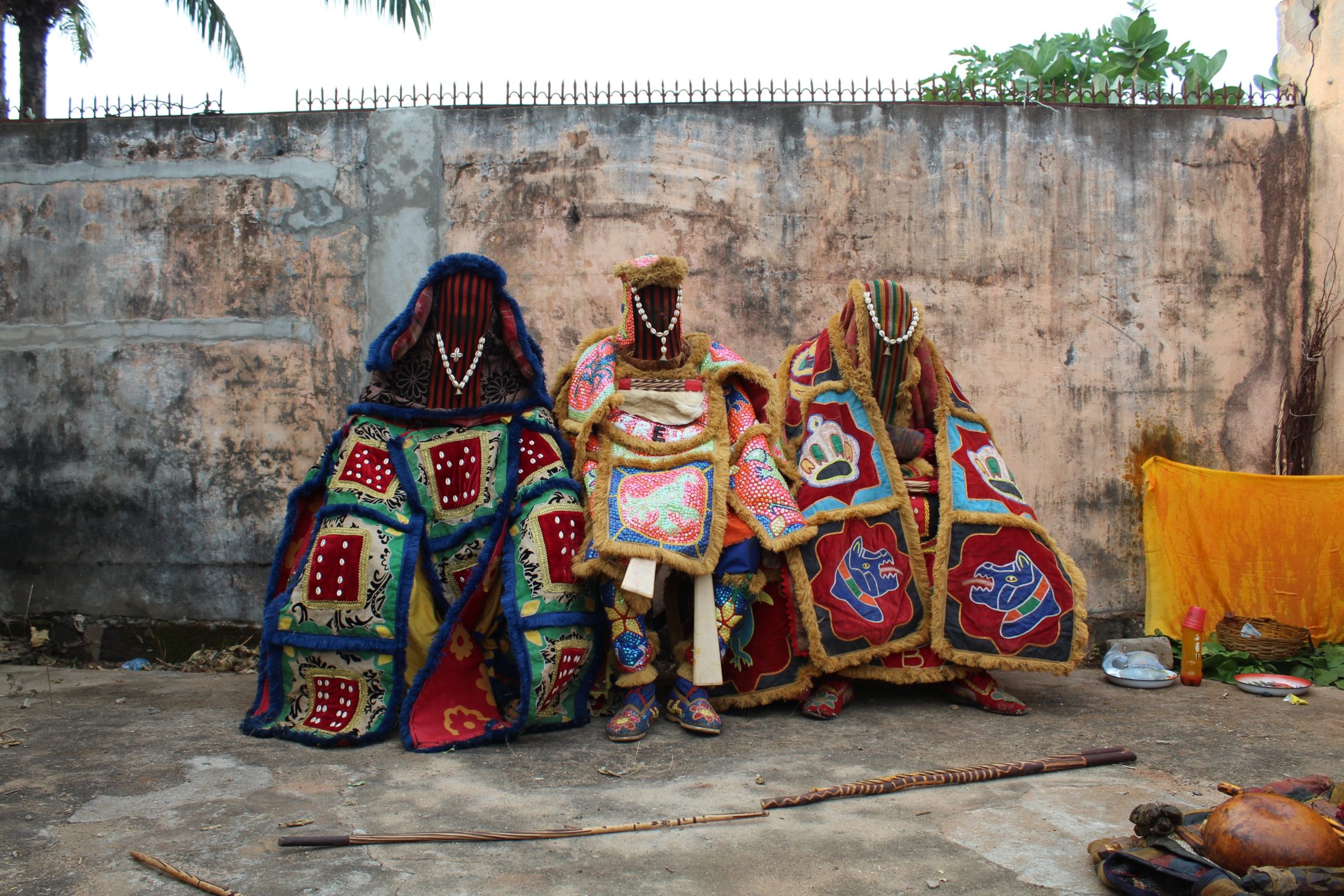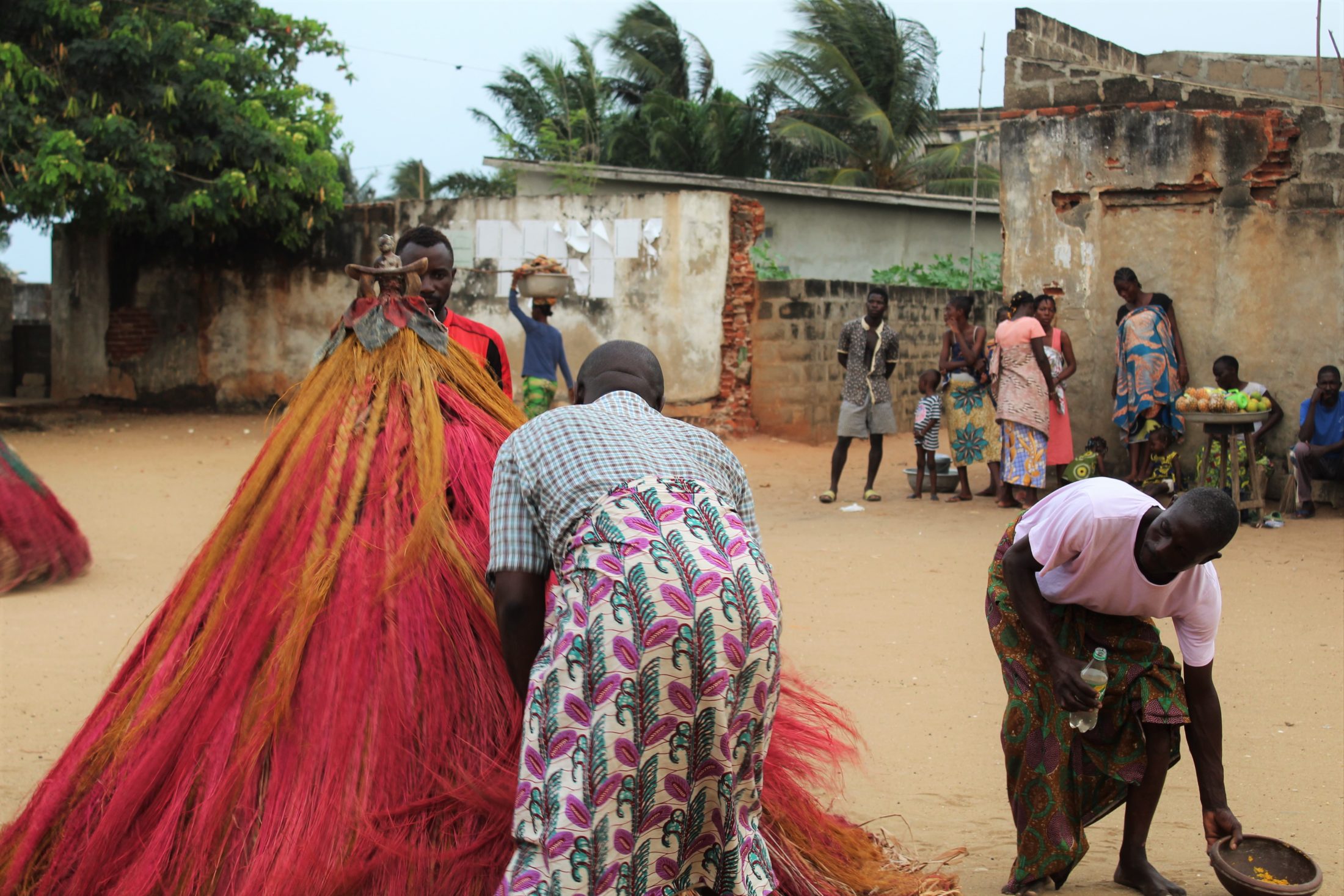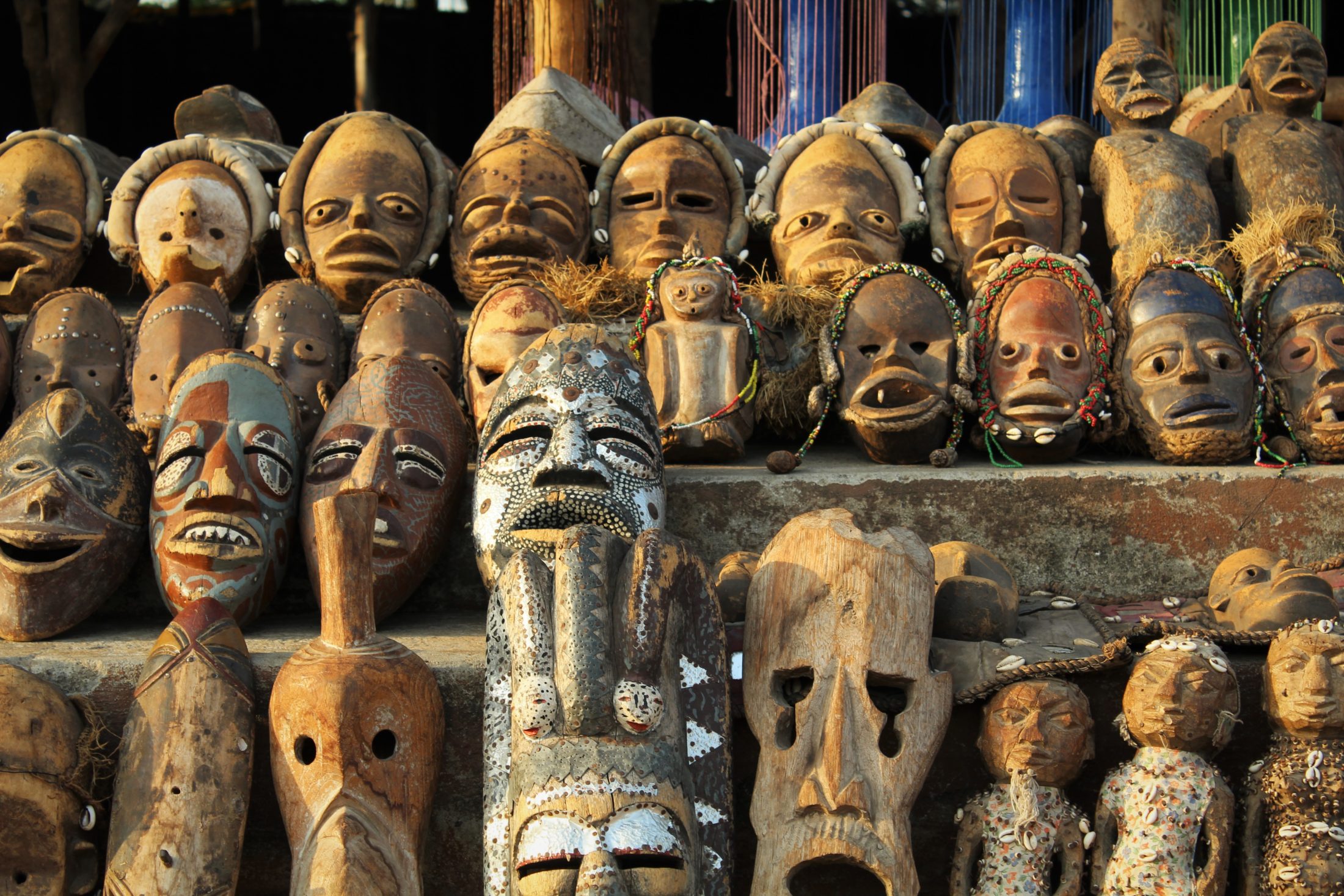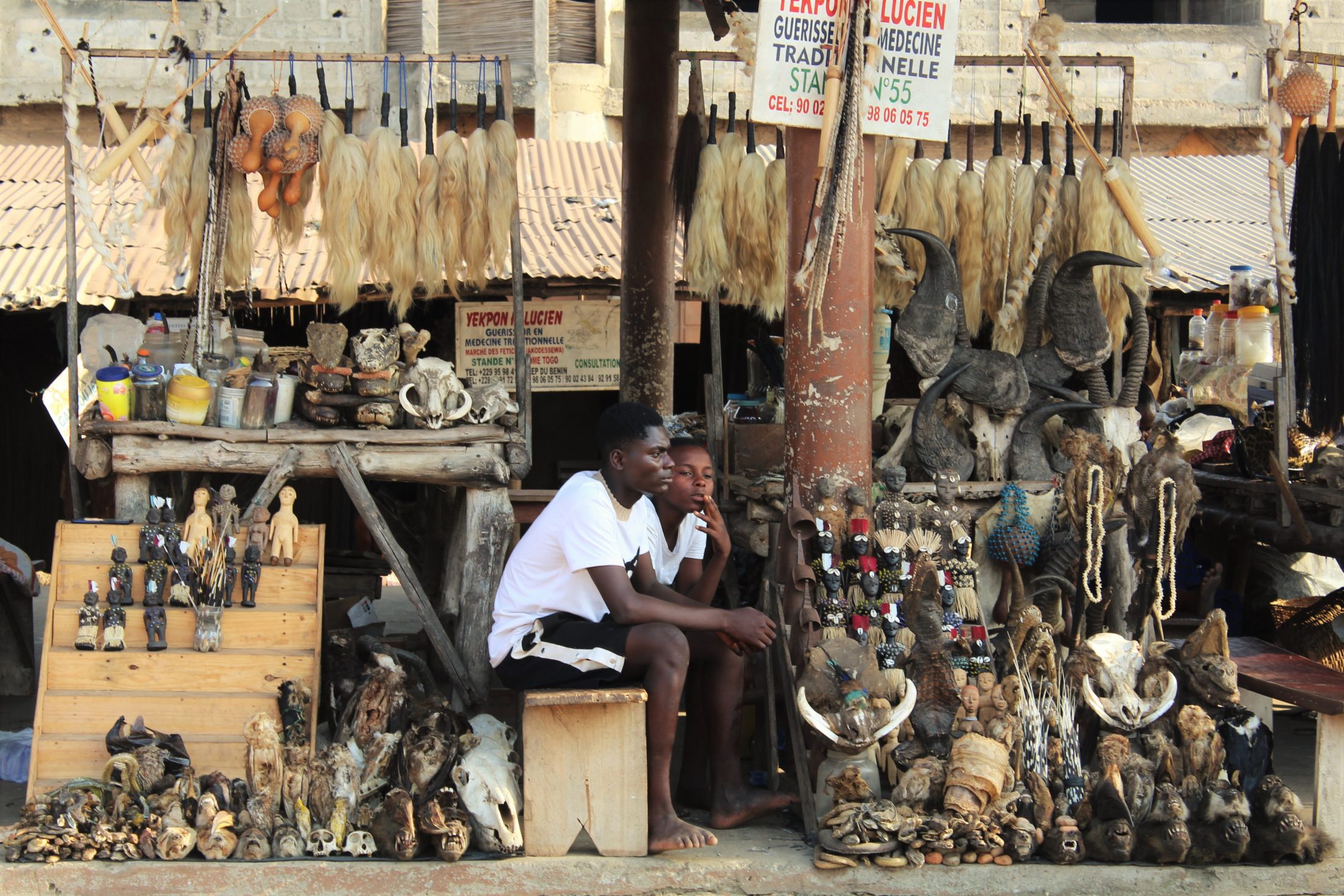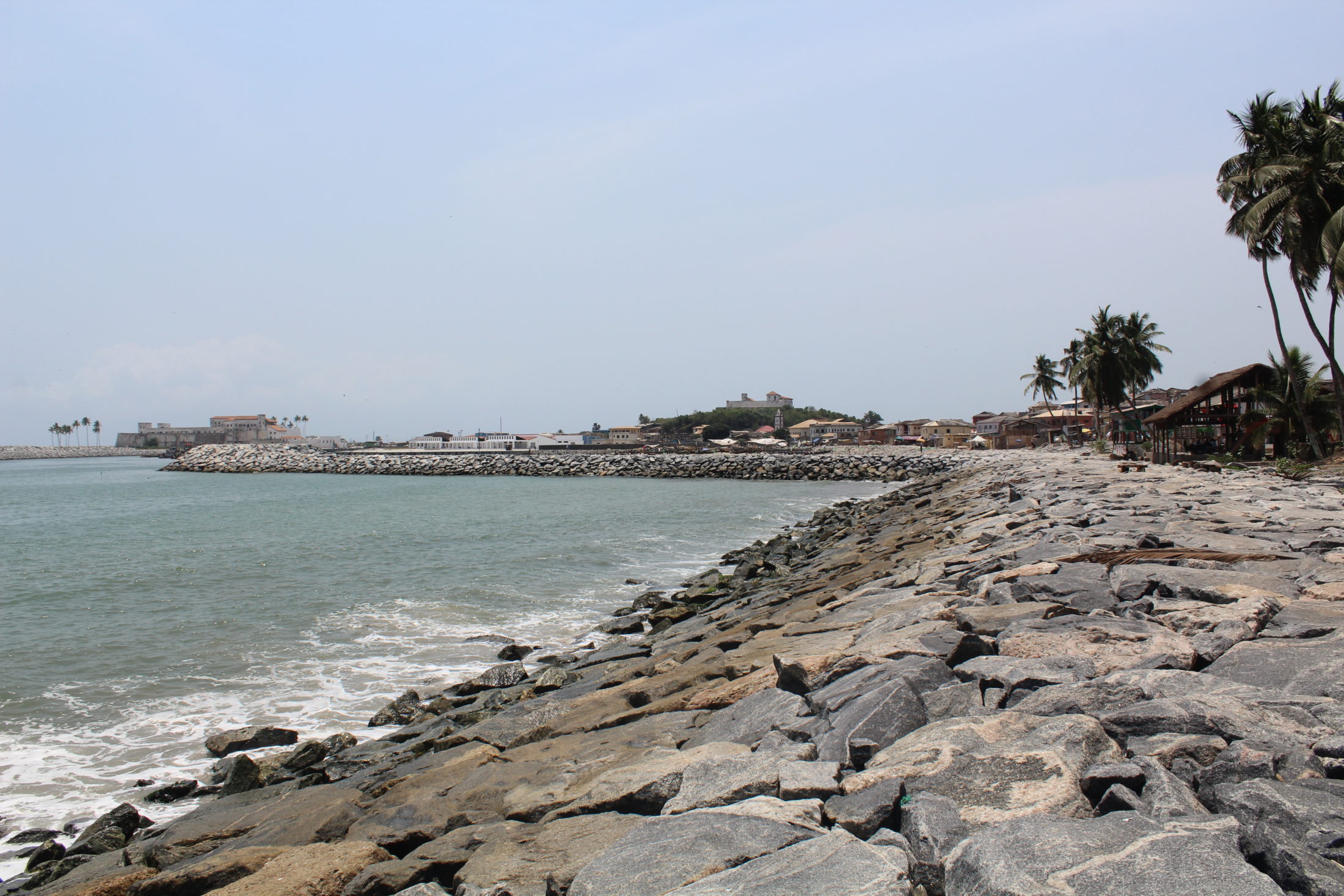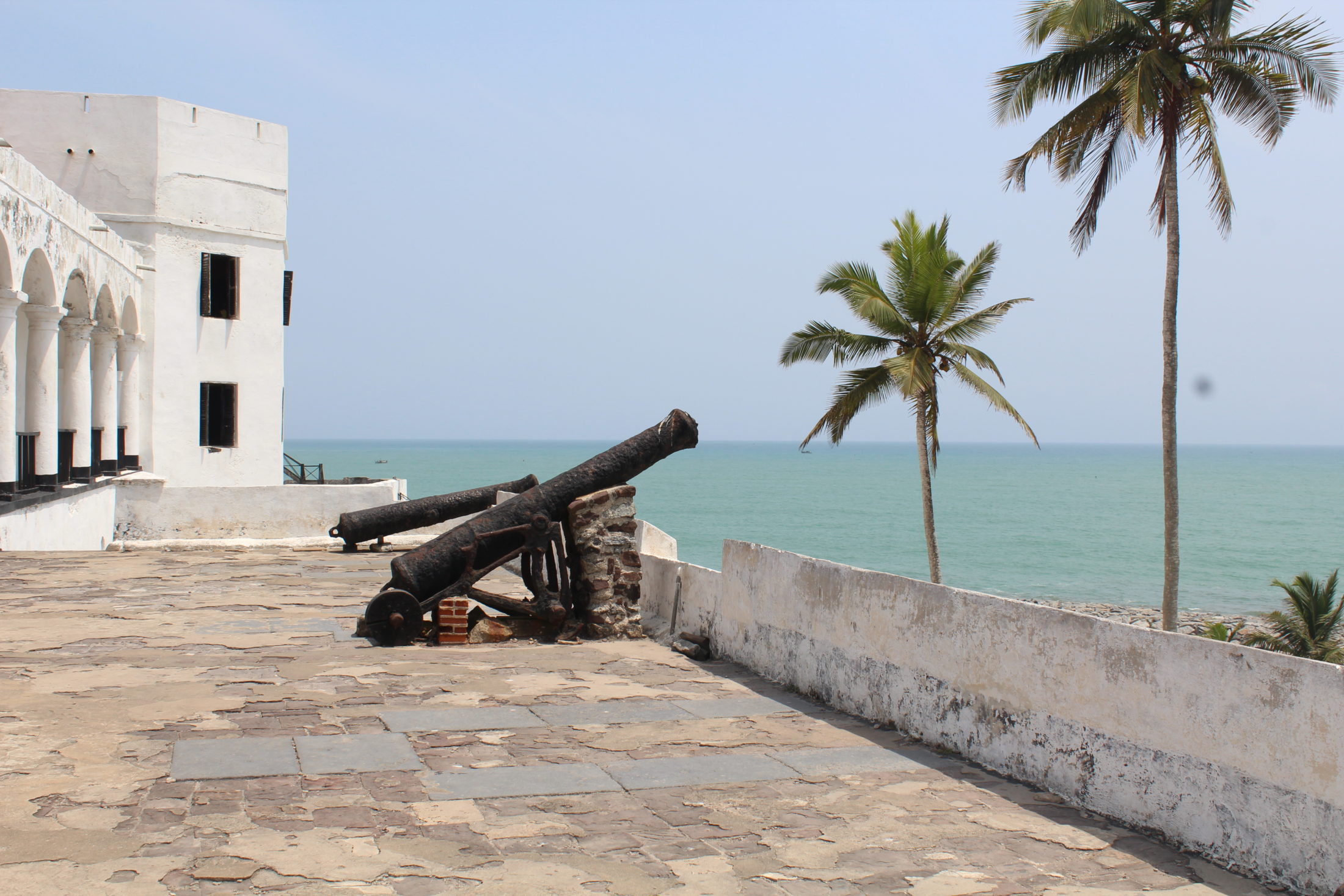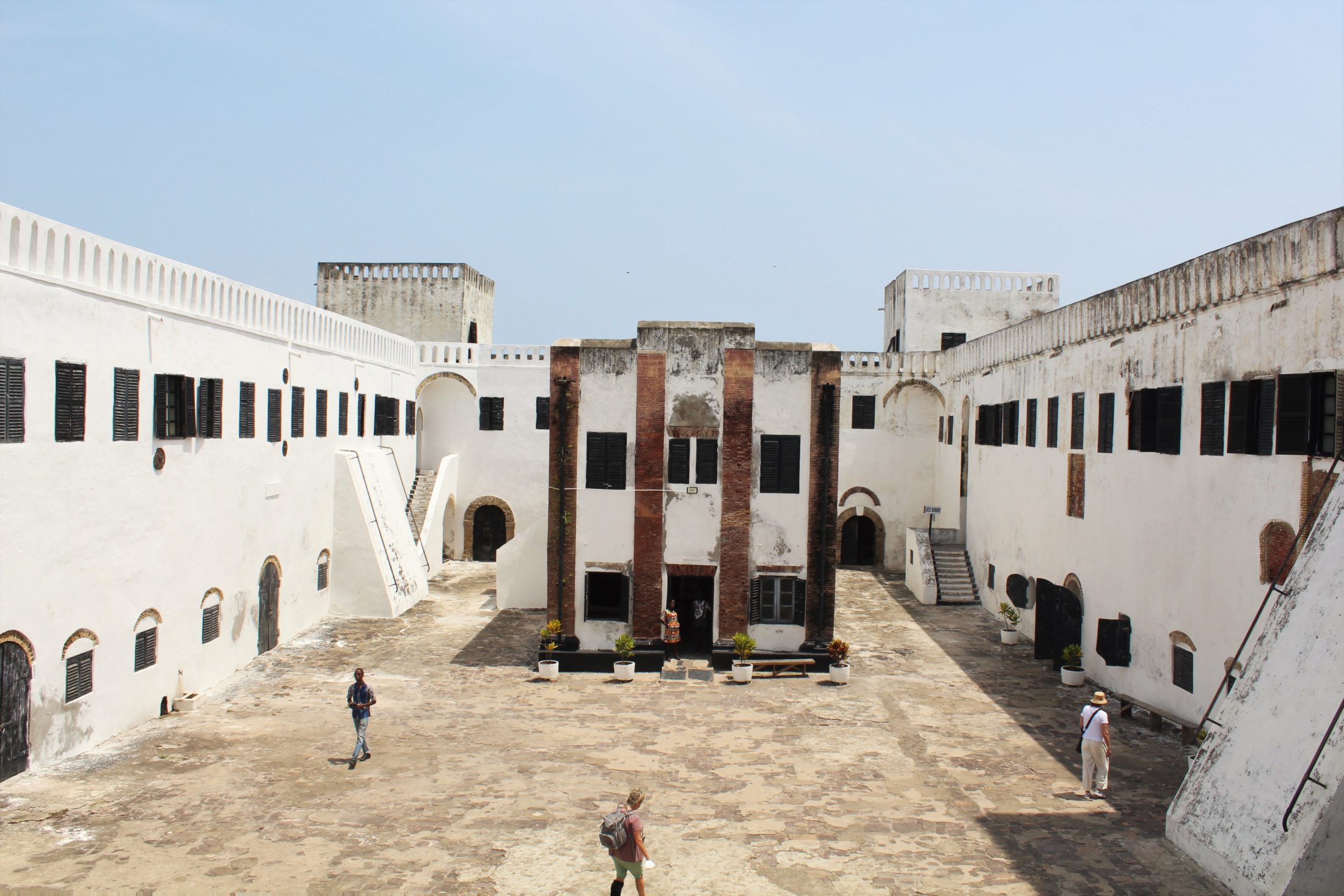400 years
The trip was largely spent following the coastline, a landscape characterised by enormous palm groves, lagoons, and marshes. For over 400 years, this coast was a major centre for the trans-Atlantic slave trade, where millions of enslaved Africans were sold to Portuguese, Dutch, French and British merchants; and forcibly transported across the Atlantic Ocean into slavery in the Americas and the Caribbean.
The impact and tensions of the slave trade are still very much seen and felt today, both in the physical remnants of the historical slave ports and coastal forts — the city of Ouidah, in Benin, was one of the most active slave trading ports in all of Africa — and in the cultural and social structures that were shaped by centuries of exploitation and oppression.
However, Benin is taking steps to recognise and confront this painful history, including the creation of museums devoted to telling the story of the victims of the slave trade.
The slave forts have all but been destroyed in Benin and Togo. In Ghana, however, there are still several forts that are still standing. We visited Elmina Castle on the Cape Coast. First built in 1482 as a Portuguese trading settlement, it was one of the principal slave depots in the transatlantic slave trade for more than three centuries. Originally, it was not built for the purpose of holding and trading slaves, but instead as a trading post for gold and other African goods. The name ‘Elmina’ comes from the Portuguese’s name for the local coast: Da Costa de el Mina de Ouro, The Coast of Gold Mines.

